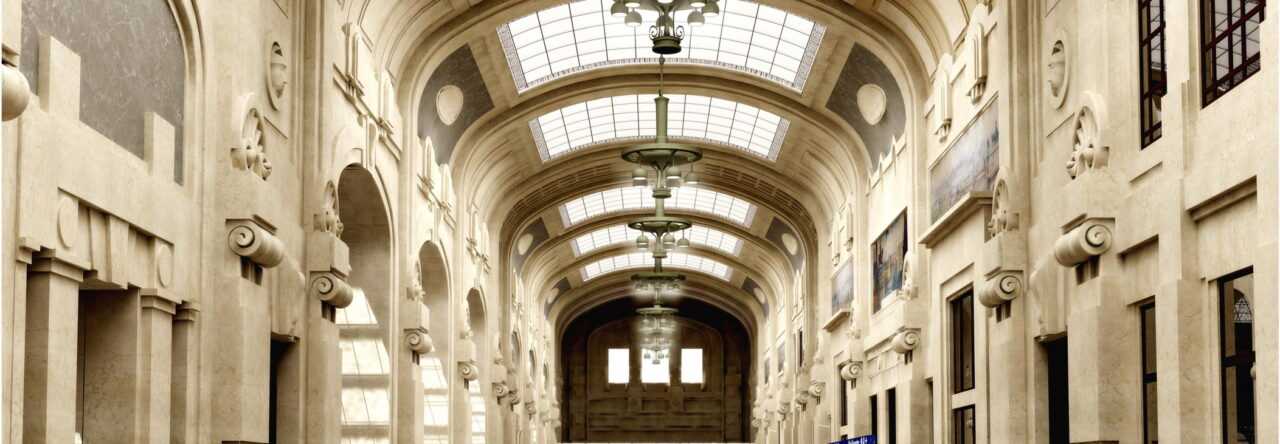Abstract. In the modern architecture of the first and second post-war periods, the use of considerable complexity technological systems for the building envelope of (windows, curtain walls, innovative coatings, …) saw a deep collaboration be- tween designers and building companies. More than in the past, the architect, while managing the entire project and having full ownership of it, needed the companies’ technical offices specific knowledge to design their design solutions on an executive level. On the other hand, the companies, collaborating with the architects and actively taking part in the design activity, gained an experience that allowed them to successfully patent products and technological systems ca- pable of intercepting the market needs. The collaboration between architect and company has, in many cases, been the real engine of technological innovation in modern architecture. The paper presents the main Bombelli collaborations and projects using them as a frame of reference to the different types of technological systems designed and built. The deepening of the case study of Palazzo Montecatini and the analysis of the archival documents concerning the balcony window frame allows demon- strating the role of companies in the design process and the importance of keeping and making the archives accessible, also to support refurbishment interventions.
